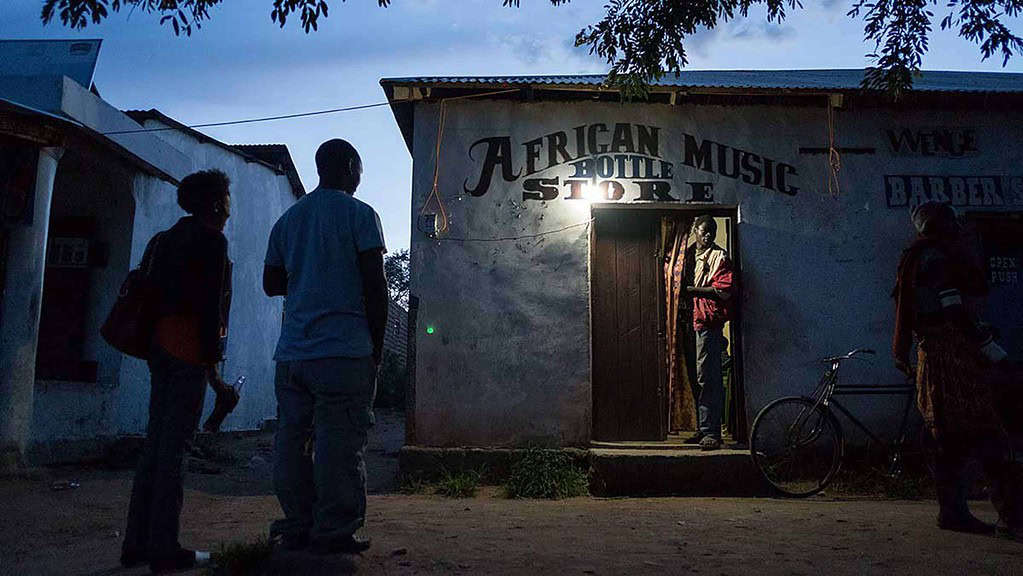Making Money Work: The State of Off-Grid Investing

- Blog
- Energy
At Acumen’s Energy Summit in London, we chatted with sector experts about the current state of investing in off-grid energy. Collectively, we examined the types of capital required to scale off-grid energy companies and the magnitude of investment needed to achieve universal energy access. Led by Daniel Goldfarb, CEO of Lendable, and Amar Inamdar, Managing Director of a growth fund for off-grid energy startups in East Africa, the conversation identified and addressed often overlooked barriers standing in our collective pathway to scale off-grid solutions.
There were three key threads that emerged.
To reduce risk, understand your customer. The off-grid energy sector is scaling rapidly with huge customer demand, yet there is little understanding about where this scale will lead and what customer behavior actually looks like. “You can’t deploy commercial capital if you don’t understand risk,” Daniel said. “If you don’t understand the end customers of these companies, you can’t understand the risks to these companies’ cash flows.” There is definitely need for more data and synthesis on customer patterns, behaviors, and willingness to pay. While a great deal of data exists, it is often embedded in Excel spreadsheets rather than analyzed and understood. Acumen is working to address this data gap through its first Energy Impact Report, which will share insights from our journey supporting companies with energy products and services currently on the market.
Sobering perspective on “real” market maturity. The off-grid market is often called “mature,” but it is far from mature compared to on-grid markets. “You start to talk in billions, even on a local level, when looking at the total amount of capital needed to fund energy access efforts annually,” Amar said. “Yet, utility fiscal deficits are $21 billion annually. In truth, we haven’t crowded the kind of capital at anywhere near what the energy system really needs.” For solar home system companies, there is a need to bring in mass amounts of private capital from untapped places like crowdfunding and big banks, to scale. For mini-grid companies, business models are still nascent and require much more concessionary support, time, money, and tolerance of failure to grow.
There is a need for the right kind of capital. To achieve the UN’s Sustainable Development goal of energy access by 2030, investment will have to increase by tens of billions. Not only is there too little capital, but it’s also the wrong type of capital. Since energy access often meets many impact and investing criteria for grantors, investors, and lenders, there is a tendency for all types of capital to flow into companies nearing scale while smaller companies are left to chase whatever opportunistic money remains.
Different types of capital should take on different stages of risk. For example, grants should be used to take risk and allow for failure. We have known entrepreneurs who have turned away grants because they had too many strings attached. Grants with very specific objectives are often not beneficial for early-stage startups that cannot deliver on the grant’s goals, given limited resources and a need to focus on growing core operations. Likewise, a company in the blueprint phase should not seek out equity with no track record of success. A better understanding of what type of capital should be attracted and when would be useful to guide the sector.
In the end, off-grid energy investors are striving to prove the long-term business case for off-grid energy models. As more benchmarks on valuations and exits become clearer, we can start to understand the nuances of the types of capital companies require to reach scale and, ultimately, reach as many low-income customers as possible in the process.
So how do we move investing forward to be smarter and bigger? It will take collaboration. Governments, investors, entrepreneurs, and ecosystem partners can’t effectively steer capital without learning from each other. By being tolerant of failure, learning from shared experiences, and not being afraid to admit what’s working and what’s not, we can move off-grid energy investing into its next phase of evolution.